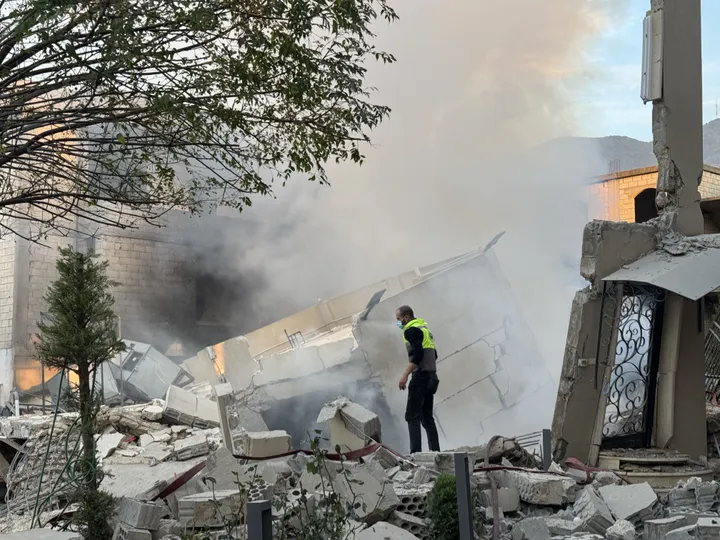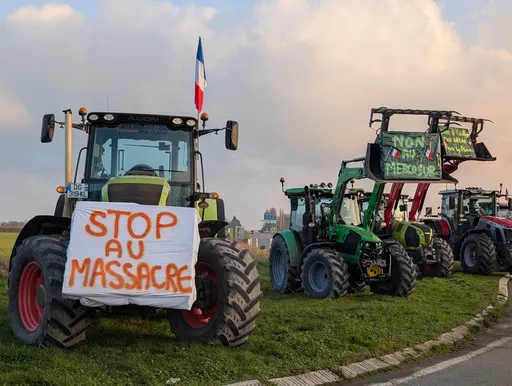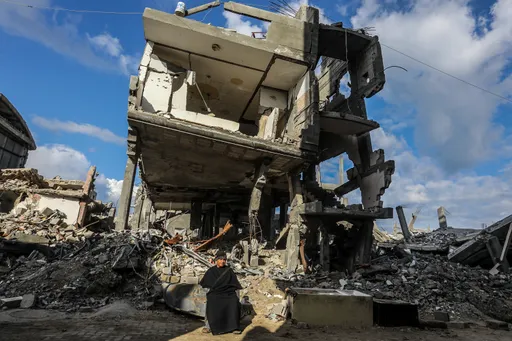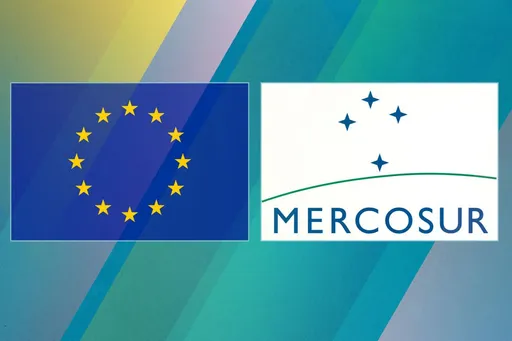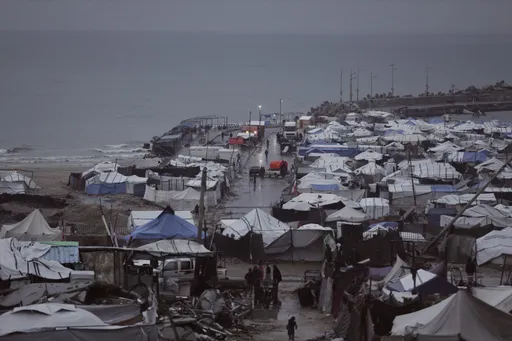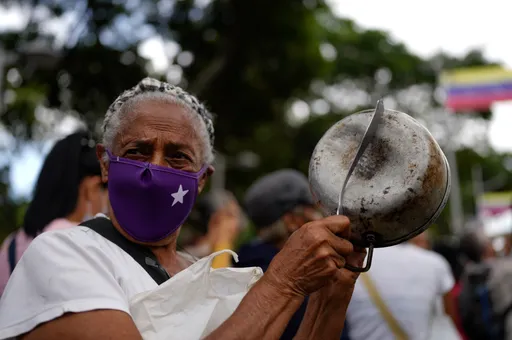Tuba Danis Ketanci and her friends knew something wasn’t right. The fighter jets were flying too low. They were attending a child's post-circumcision party – a big affair in Türkiye – near a lake in Ankara on the night of July 15, 2016.
Then the phones started buzzing and a little bit of grapevine started to tickle in – a group of renegade soldiers backed by tanks and helicopters was trying to stage a coup.
“We went straight home. I hid with my daughter in the corridor, which was the safest place in our house.”
And right then a jet dropped a bomb at the headquarters of the Special Operations Police in Golbasi.
“You can see the headquarters from the door of my house. It’s right there,” says Ketanci.
Ketanci is now the director of the July 15 Memory museum, built near the July 15 Martyrs Bridge on Istanbul's Asian side to honour the 251 people who lost their lives trying to stop the coup plotters.
“We don't call it a museum. It’s a place to remember their sacrifice.”
Designed by a famous architect Muharrem Hilmi Senalp, the museum was opened to the public in 2019 by President Recep Tayyip Erdogan.
Everything inside and around it has been put together to cherish the memory and sacrifice of the people.
There are cypress trees dedicated to each of the 251 people killed that night. Their shoes and other belongings have been put on display and projectors run videos to recall the events as they unfolded minute by minute.
The attempted coup was planned by the Fetullah Terror Organisation (FETO).
The group is led by Fetullah Gulen, who runs a cult-like organisation with tens of thousands of members. Many of its affiliates were later arrested for their role in the coup.
At the time of the attempted coup, Ketanci worked for a different government organisation and lived in an area where other bureaucrats resided. Some of them were FETO members.
“That’s what scared me a lot. I feared what if they’d take over. What could have happened to me and my family?”
A colonial plot
A section of the museum is dedicated to the history of various colonial powers, including Britain and France. There’s a good reason why.
Gulen has long lived in the American state of Pennsylvania.
His group, FETO, is a so-called religious movement with international ties. It operates across the US and other Western countries. Since the US has given a sanctuary to FETO and its dark web of operations, many Turks suspect the intentions of Washington and its allies toward Türkiye.
“When young people visit the July 15 Memory museum, they see how the colonial powers used to operate and control other countries. They will also recognise the fact that Türkiye has never been colonised,” says Ketanci.
Colonial powers have used organisations like FETO to push forward their agenda, she says.
“Now, they mostly do this through cultural imperialism, not by weapons.”
While in the past, colonial powers used sheer force to conquer countries and regions, they now use a host of other tools to expand their influence. It’s no secret that the US has orchestrated coups in Latin America to install friendly governments.
Former US national security advisor John Bolton recently made a bombshell remark in a TV interview by admitting that he had been involved in orchestrating coups in foreign countries during the time he served in the Trump administration.
It is because of this link with colonial history and modern-day coups that one of the museum’s walls is dedicated to coups in several countries, ranging from Chile to Iran to Türkiye.
During the Cold War, the CIA was instrumental in instigating various coups against anti-American governments.
In this regard, Burak Bicer, a guide at the museum, points out a black and white picture of Iranian soldiers running down a road. That’s from Tehran in 1953 when the CIA-backed military ousted Iran’s nationalist Prime Minister Mohammad Mosaddegh.
“There is an interesting anecdote. The CIA approved a budget of one million dollars to conduct the Iranian coup. But CIA operatives said that only $60,000 was enough to complete the mission against Mosaddegh,” Bicer tells TRT World.
Richard Falk, a prominent professor of international law at Princeton University, believes that many coup leaders around the world have strong connections with Western political structures, particularly the US government.
Falk, who was in Istanbul on the night of July 15 coup attempt, also saw some foriegn involvement in what played out in Türkiye.
“There were reliable reports of CIA involvement and collaboration with FETO, and although (it has been) never definitively confirmed, it led to Turkish attitudes of wariness and some distrust with respect to its relations with the United States,” Falk had told TRT World in a previous interview last year.
Museum director Ketanci herself has been a victim of coups. Türkiye has a bloody history of military coups. In 1960, the military hanged the then Turkish prime minister Adnan Menderes, along with the finance and foreign ministers.
Ketanci was born in 1980 when a successful coup overthrew the elected government of then Prime Minister Suleyman Demirel, a conservative leader. Ketanci was also a victim of Türkiye’s February 28, 1997, post-modern coup which banned women from wearing headscarves in Turkish universities and public institutions.
She was forced to leave Türkiye to pursue her university education in Vienna, where she was allowed to be a hijabi student.
That’s also when Ketanci’s doubts about the intentions of Gulen's followers increased further. After the 1997 coup, the FETO members asked their female counterparts to take off their headscarves as a sort of compromise with the putschists, angering many religious citizens. “I have struggled with that FETO mentality all my life,” she says.
“So when the opportunity to work with the museum arose, I was very happy to serve an organisation, which preserves the memory of the coup victims.”
One section in the July 15 Memory museum shares information on how native populations of countries such as Canada, the US and Australia were killed, how people from various African countries were traded as slaves and humiliated in human zoos.
But there’s also a section titled “Those who stand upright”, which is dedicated to anti-imperialist leaders such as Simon Bolivar, Mahatma Gandhi, Mustafa Kemal Ataturk, Martin Luther King and Nelson Mandela.
However, the Turks, who visit the museum, have a firm belief that no foreign intervention can hurt the unity in their country.
“This land can not be divided. This country was not taken simply and it can not be given so simply. We will fight to the last drop of our blood if necessary and still we will not give in,” Bulent Oral, a 52-year-old visitor, tells TRT World.

